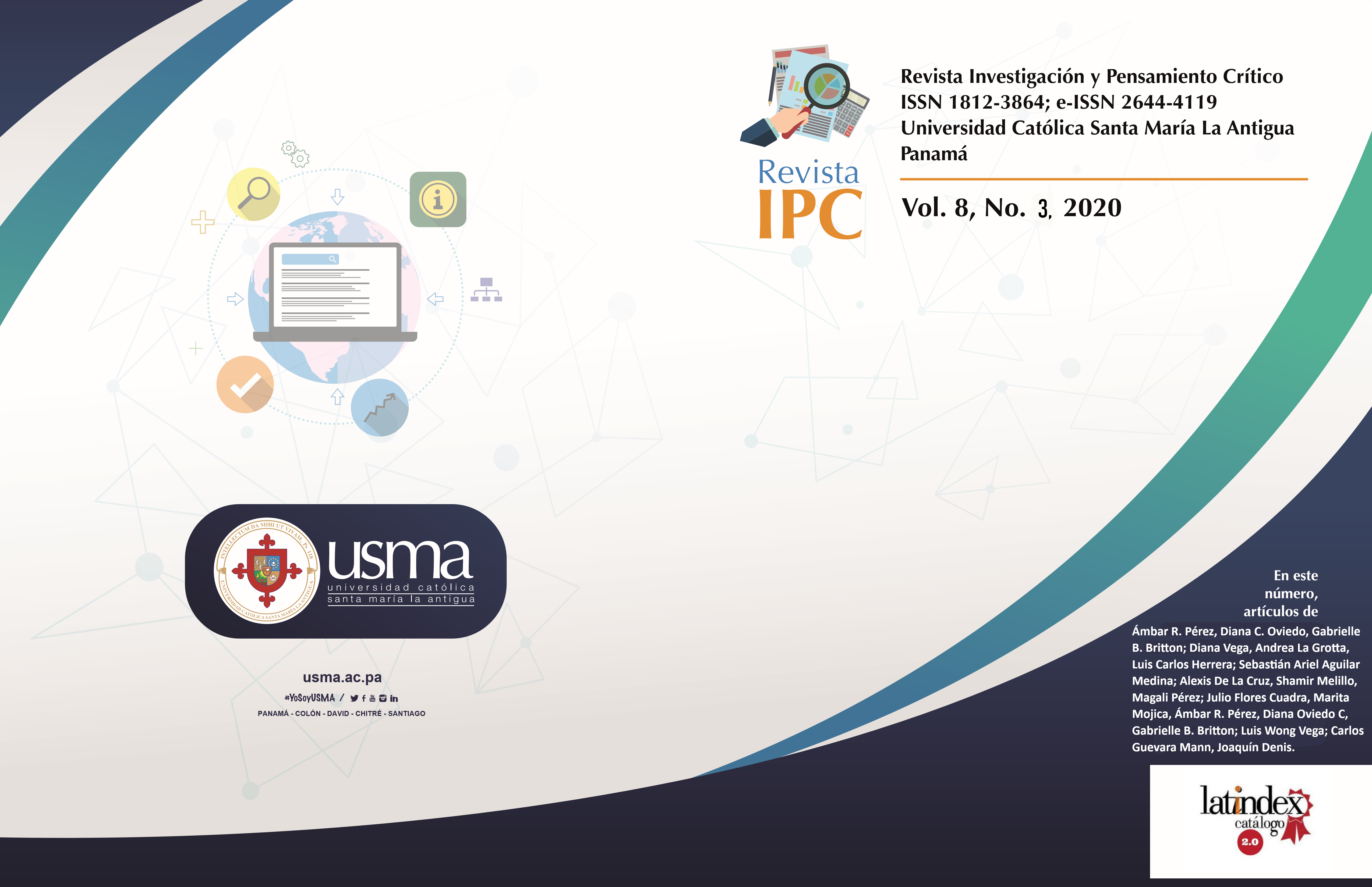Calles y callejones históricos del Casco Antiguo de la ciudad de Santiago de Veraguas
DOI:
https://doi.org/10.37387/ipc.v8i3.168Keywords:
Veraguas, towns, Urbanism, Cultural Heritage, Colonial, XVI century, XVII century, XVIII century, XIX century, Plaza, Streets, Communication, royal roads, Foundation, alleysAbstract
Product of a deep investigation, of different times in the history of the city of Santiago de Veraguas, this scientific article has been elaborated where the creation, evolution and development of the different streets and alleys that make up the road system from Colonial times to the present of the Old Town of the City of Santiago de Veraguas. The type of streets, their function, the era where they were created and the different names by which they are known are classified in this article.
In this article these communication systems will be detailed, taking into account that every city develops as a product of different factors and elements, both physical, constructive, geographic, social, cultural and historical, that directly affect them, be it a product of a moment or specific planning at a certain time. In the specific case of the city of Santiago de Veraguas, its model was created under the urban theory of the Roman grid-like checkerboard cities. With the classic elements of a Renaissance city and with the elements of the classic towns that were created in the Colonial era in America. When we talk about the Old Town of the City of Santiago de Veraguas, we refer to the second Spanish settlement in the area, named by the researcher Mario Molina (2013), in his book Veragua, Tierra de Colón and Urracà, as Santiago La Nueva and, according to Molina himself, located his transfer from the town of Santiago La Vieja (founded on October 23, 1621), to its current position in 1636.
Downloads
Published
How to Cite
Issue
Section
License
Copyright (c) 2020 Investigación y Pensamiento Crítico

This work is licensed under a Creative Commons Attribution-NonCommercial-ShareAlike 4.0 International License.
1. The authors preserves the patrimonial rights (copyright) of the published works, and favors and allows their reuse.
2. The journal (and its contents) use Creative Commons licenses, specifically the CC BY NC SA type, where: "the beneficiary of the license has the right to copy, distribute, display and represent the work and make derivative works provided you acknowledge and cite the work in the manner specified by the author or licensor."
3. They can be copied, used, disseminated, transmitted and exhibited publicly, provided that: i) the authorship and the original source of its publication (magazine, publisher and URL, DOI of the work) are cited; ii) are not used for commercial purposes.
4. Conditions of self-archiving. Authors are encouraged to electronically disseminate the post-print versions (version evaluated and accepted for publication), as it favors their circulation and dissemination, increases their citation and reach among the academic community.











